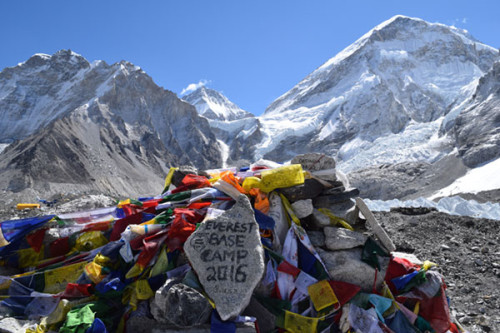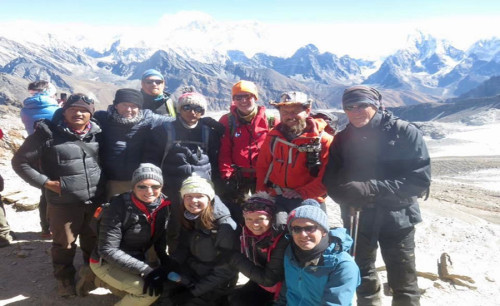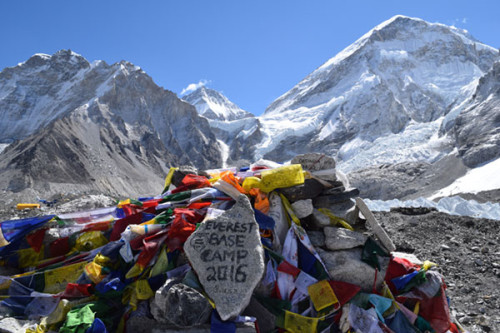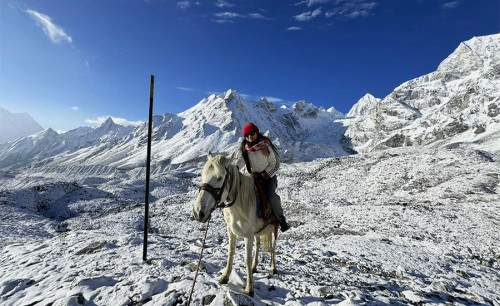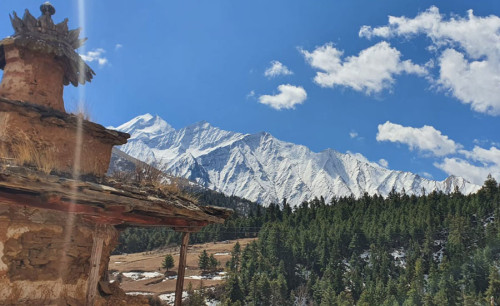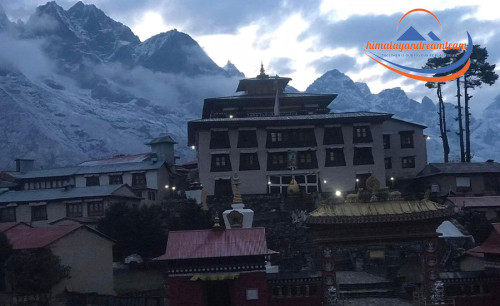Exploring the Wild: National Parks in Nepal
Published On : 12th May, 2024 By Himalayan Dream Team
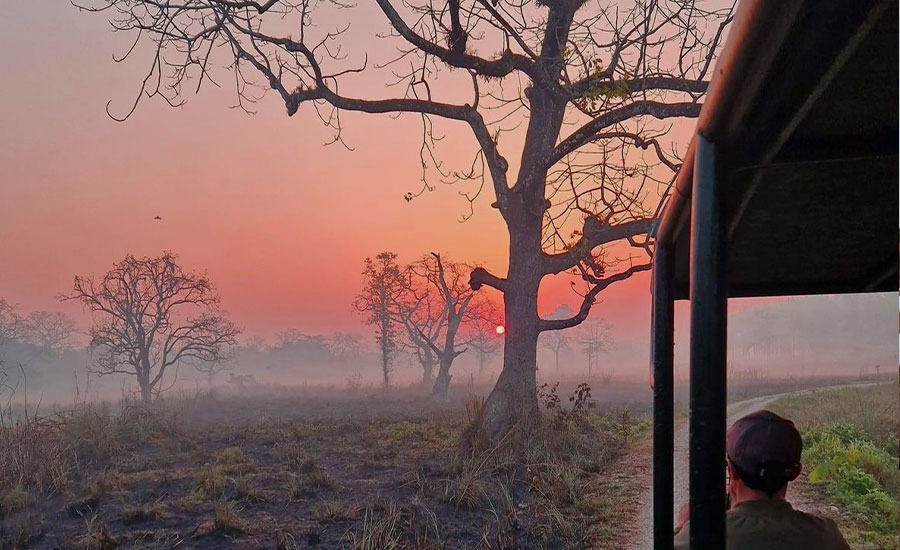
Nepal, a country celebrated for its breathtaking landscapes and towering mountains, also boasts a diverse array of national parks. These parks are sanctuaries for wildlife, offering refuge to many species that are unique and sometimes endangered. In addition to the famous Everest and Annapurna treks, Nepal's national parks present a different kind of adventure—immersive experiences in conservation, wildlife, and natural beauty. This blog post explores the national parks of Nepal, highlighting their history, special features, and what makes each park a must-visit for nature enthusiasts.
1. Chitwan National Park
History: Established in 1973 as Nepal’s first national park, Chitwan was granted UNESCO World Heritage Site status in 1984. Originally a hunting ground for Nepal’s aristocracy, it has since transformed into a premier conservation area.
Special Features: Chitwan is renowned for its biodiversity, including the Bengal tiger, one-horned rhinoceros, and the gharial crocodile. The park’s dense forests and grassy plains are ideal for safaris, which can be enjoyed on elephant back, in a jeep, or by foot.
2. Sagarmatha National Park
History: This park, established in 1976 and recognized as a UNESCO World Heritage Site in 1979, encompasses the higher reaches of the Himalayas, including Mount Everest, the highest peak in the world.
Special Features: Apart from the stunning peaks like Everest, Lhotse, and Nuptse, Sagarmatha is home to unique high-altitude flora and fauna, such as the snow leopard and Himalayan tahr. Trekking routes like the Everest Base Camp Trek offer unparalleled views of the world’s tallest mountains.
3. Langtang National Park
History: Created in 1976, Langtang is the fourth national park in Nepal and was established as the first Himalayan national park. It covers an area north of Kathmandu close to the border with Tibet.
Special Features: The park is noted for its diverse ecosystems, from lush subtropical forests to alpine meadows and the snowy peaks of Langtang Lirung. Langtang is a great destination for trekking, with less crowded trails and opportunities to see wildlife such as red pandas and Himalayan black bears.
4. Bardia National Park
History: Opened in 1988, Bardia was initially a royal hunting reserve before being designated as a conservation area. It is the largest national park in the Terai region and has played a significant role in the conservation of the Bengal tiger.
Special Features: Bardia provides a genuine wilderness experience, with excellent opportunities to spot tigers, wild elephants, and the rare Gangetic dolphin along the Karnali River. The park’s extensive grasslands and riverine forests also support an impressive array of bird species.
5. Shey Phoksundo National Park
History: Established in 1984, this park is located in Nepal’s remote Dolpo region. It is notable for being Nepal’s largest national park.
Special Features: Shey Phoksundo features the spectacular Phoksundo Lake, known for its turquoise waters. The park’s rugged landscapes, which are largely influenced by Tibetan culture, offer dramatic vistas and are home to the elusive snow leopard and blue sheep.
6. Khaptad National Park
History: Founded in 1984, this park was named after Khaptad Swami, a renowned spiritual saint who lived in the area. It spans four districts and is known for its unique flora and fauna.
Special Features: Khaptad stands out for its rolling green hills, oak and rhododendron forests, and open grasslands. The park offers serene hiking trails and is a prime spot for bird watching, with about 270 bird species, including the impeyan pheasant, Nepal’s national bird.
7. Shivapuri Nagarjun National Park
History: Established in 2002, it is one of the country’s youngest national parks and is situated near Kathmandu. This proximity makes it an ideal destination for day trips and short treks.
Special Features: The park is an important watershed area, providing much of the drinking water for Kathmandu Valley. It offers excellent hiking, bird watching, and views over Kathmandu valley, as well as a chance to see deer, wild boar, and leopards.
8. Banke National Park
History: Established most recently in 2010, Banke National Park was created to protect representative ecosystems of the area and to conserve tiger habitats as part of the Terai Arc Landscape project.
Special Features: Despite its recent establishment, Banke is becoming increasingly popular for its biodiversity. The park is part of a crucial corridor for wildlife moving between India and Nepal and is home to tigers, four-horned antelopes, and various migratory bird species.
Nepal's national parks are not just about preserving the stunning natural environment or protecting rare and endangered species; they also offer a chance to explore the diverse natural beauty of the country, from the lowland jungles of Chitwan and Bardia to the high-altitude wilderness of Sagarmatha and Shey Phoksundo. Whether you're a trekker, a wildlife enthusiast, or simply someone who loves nature, Nepal's national parks provide unforgettable experiences that highlight the importance of conservation while showcasing the beauty of the natural world.
Recent From Blog

10th Apr, 2024

30th Apr, 2024

16th Apr, 2024

23rd Apr, 2024

23rd Apr, 2024

25th Apr, 2024

26th Apr, 2024

26th Apr, 2024

27th Apr, 2024

27th Apr, 2024

29th Apr, 2024

29th Apr, 2024

29th Apr, 2024

2nd May, 2024

2nd May, 2024

6th May, 2024

6th May, 2024

12th May, 2024

12th May, 2024

12th May, 2024

13th May, 2024

12th May, 2024

13th May, 2024

13th May, 2024

12th May, 2024

13th May, 2024

12th May, 2024

12th May, 2024

12th May, 2024

12th May, 2024

12th May, 2024

12th May, 2024

12th May, 2024

13th May, 2024

13th May, 2024

14th May, 2024

14th May, 2024

14th May, 2024

14th May, 2024

15th May, 2024

14th May, 2024

14th May, 2024

16th May, 2024

19th May, 2024

19th May, 2024

20th May, 2024

24th May, 2024

28th May, 2024

28th May, 2024

29th May, 2024

29th May, 2024
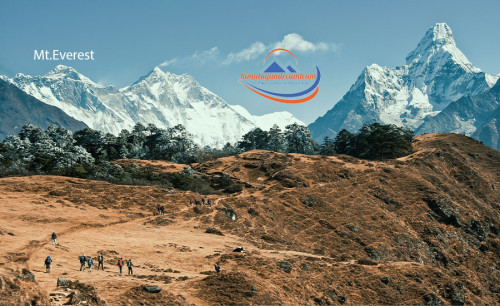
29th May, 2024

29th May, 2024

29th May, 2024


